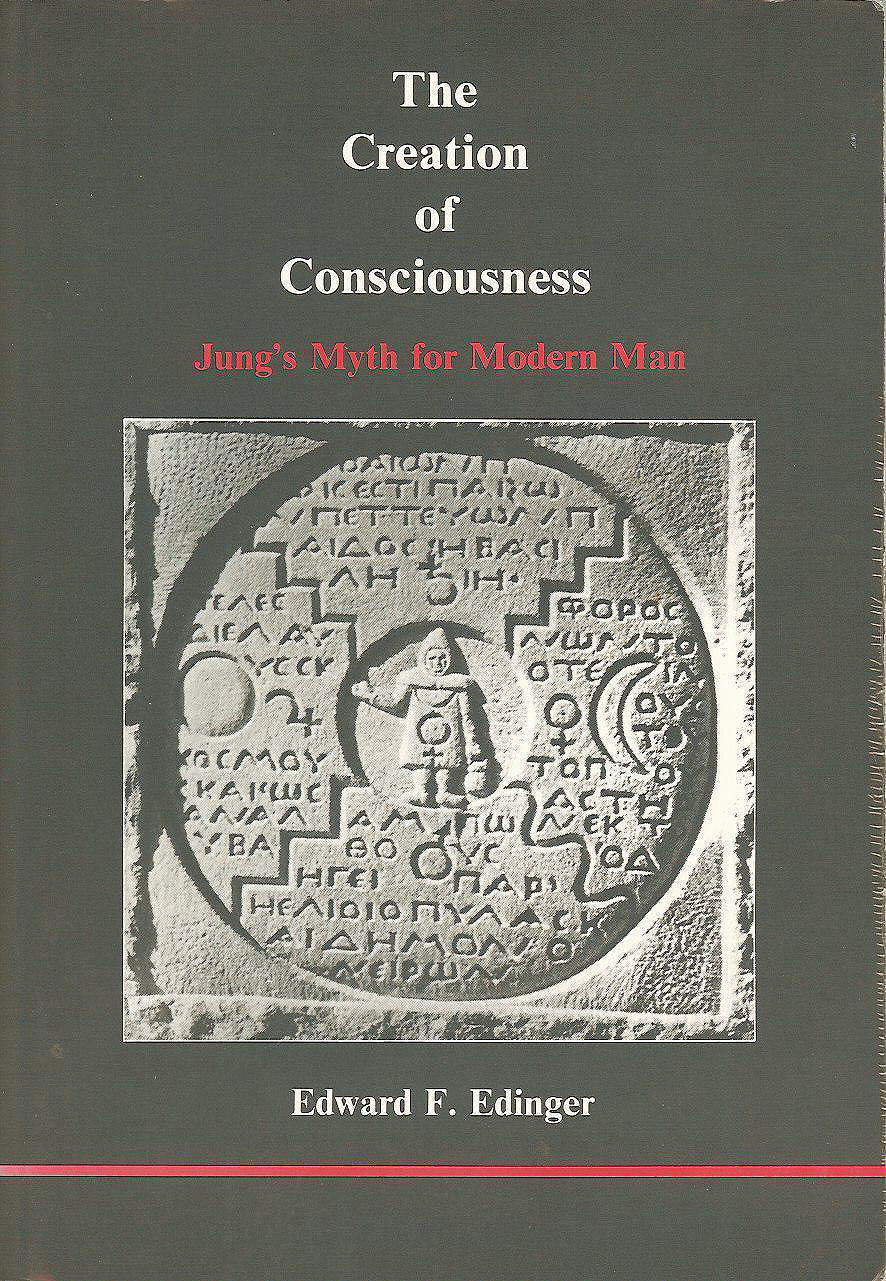How did We Actually Get Here?
- Karey Pohn
- Jan 9, 2023
- 2 min read
Updated: Feb 24, 2023
It all began oddly enough with Victor Turner and the White Rabbit, well actually Jefferson Airplane’s song “White Rabbit” (Slick, 2003, CD) I had first read a paragraph about play from Turner’s (1988) 1983 article “Body Brain and Culture” from his 1988 book, The Anthropology of Performance, in Marion Woodman’s (1985) book, The Pregnant Virgin for a class in Depth Psychology and Cultural issues. Synchronistically, I wrote a paper for that class using the lyrics of Jefferson Airplane’s song “White Rabbit” as part of the theme. The paper was called ironically enough “Out of My Mind.” It was this very same article and book, along with Grof’s (2000a) Psychology of the Future that I took with me to India in 2001 for my first fieldwork project, and the rest is history.

In a nutshell, Turner (1988) says that play is dangerous. It may subvert left/right hemispheric switching. Like a trickster, play breaks taboos and is liminal, existing betwixt and between. Play mimics, mocks, and teases. It is a meta-language and a form of meta-communication. Play is a transcendent potpourri of incongruous elements where both hemispheres intermingle. Play is educative, and speaks to us “as-if,” in the subjunctive mood. Play is an example of the transcendent function, the union of opposites; which can change our perceptions and perhaps even the world. Play is a paradox.
Like play, my dissertation will be educative, playful, and break rules. It will be examining liminal creations of the entertainment industry, which is itself liminal, using the liminal land of the Internet as its location. I will say more about this as we go along, but back to the dangerous part. One of the dangers is that play is elusive (which comes from the ludere the Latin word for play). It is also allusive [see popup].

Play provides more questions than answers. In a section entitled “What is play, What is playing,” after asking a whole paragraph of questions about play, Scheckner (2002) notes: "These questions do not exhaust what can be asked. There are more questions than can be answered—and this is a significant aspect of the whole “problem” of play and playing. The etymology of the English word “play” extends outward into the realms of law and religion and includes allusions to risk and danger” (p. 81).
Play has been the focus of much serious study, and yet it is very difficult to define, although many have tried. [link to pop-up play definitions]. Many have also tried to categorize play, and that, too, has proved problematic. So it seems that we are left with an impossible task.




Comments